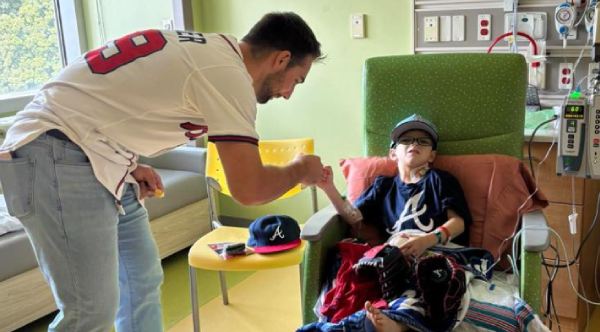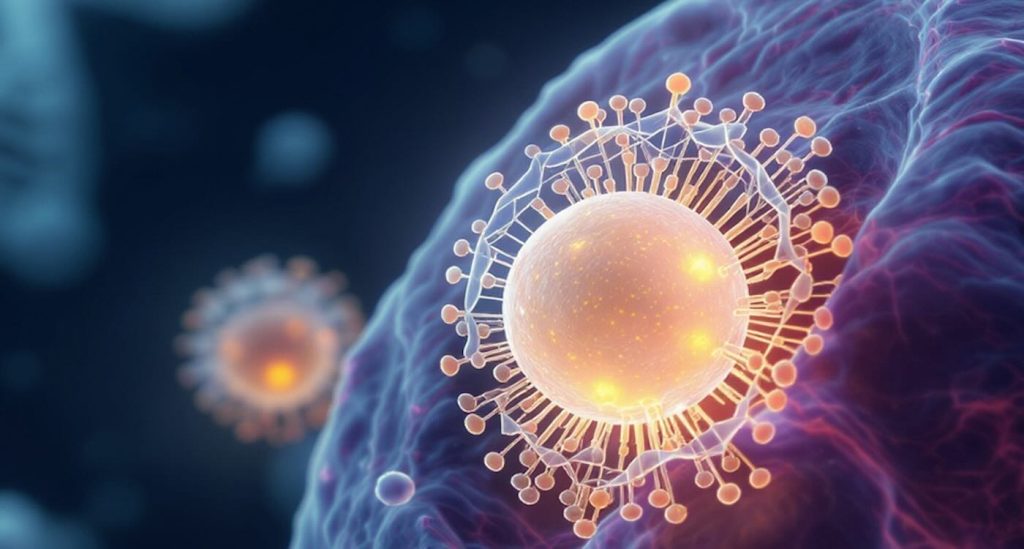There’s something magical about laughter, especially when it comes from the joyful antics of tickling. In this heartwarming story, we explore the curious world of tickling, its profound connections in human relationships, and the fascinating science behind it. Prepare to discover just how tickling can bring us closer together and illuminate the mysteries of our own minds!
Have you ever wondered why tickling makes us giggle uncontrollably? Or what happens in our brains when we share a tickle session with loved ones? Neuroscientist Konstantina Kilteni is questioning these age-old curiosities. Her journey has led her to a unique tickle lab at Radboud University, where she’s diving headfirst into the intricacies of this delightful phenomenon.
Tickling isn’t just a childhood pastime—it’s a complex dance between social interactions and neurological responses. Socrates mulled over tickling centuries ago, and even Charles Darwin found himself pondering its significance. Kilteni believes that understanding tickling isn’t merely for fun; it could shine a light on vital aspects of our brain’s development and social bonding.
Tickling often strengthens the bond between parent and child, creating laughter-filled moments that linger in our hearts. But Kilteni is keen to uncover more. “What is the brain really doing when we get tickled?” she questions. This curiosity hints at deeper explorations of our nervous system and its evolution.
Interestingly, our inability to tickle ourselves lends further insight into the mind. When we prepare to tickle ourselves, our brains anticipate the touch, dulling the sensation. But figuring out what happens when we’re tickled remains an enigma worth exploring. After all, some people are extremely ticklish, while others feel little to no reaction.
According to Kilteni, scientists haven’t definitively pinpointed what tickling actually encompasses. The sensations vary significantly—there’s a hefty difference between a gentle feather touch and a sudden poke near the armpits. Her team aims to investigate these differences scientifically, establishing a newfound foundation for tickling research.
In their lab, they’ve devised a creative setup. Participants sit in a special chair where their feet are placed through two openings, allowing a mechanical device to deliver consistent tickles. This approach ensures that every tickle session is uniform, enabling researchers to monitor brainwaves and physical responses—everything from laughter to heart rate changes.
Previous studies show intriguing differences among individuals: those on the autism spectrum often experience sensations of touch as more ticklish than others. This discovery signifies the potential for deeper investigations into how tickling relates to brain function across different individuals.
As children often laugh more easily, one has to wonder if adulthood conditions us to suppress our joyful reactions. Perhaps Kilteni’s research will inspire a new age of playful interactions and rekindle the ticklish laughter we cherished as youngsters. Who knows? Maybe a simple tickle will be all it takes to reconnect hearts and ignite joy among families.
So, go ahead—tickle your loved ones! Share this delightful exploration of laughter, and who knows how many smiles you could spread!
If you would like to see similar good news stories click here & Share this to brighten someone’s day.







